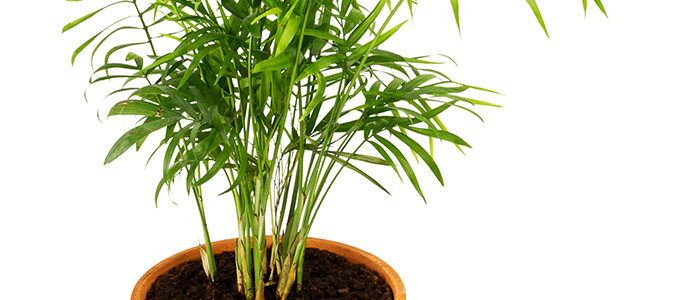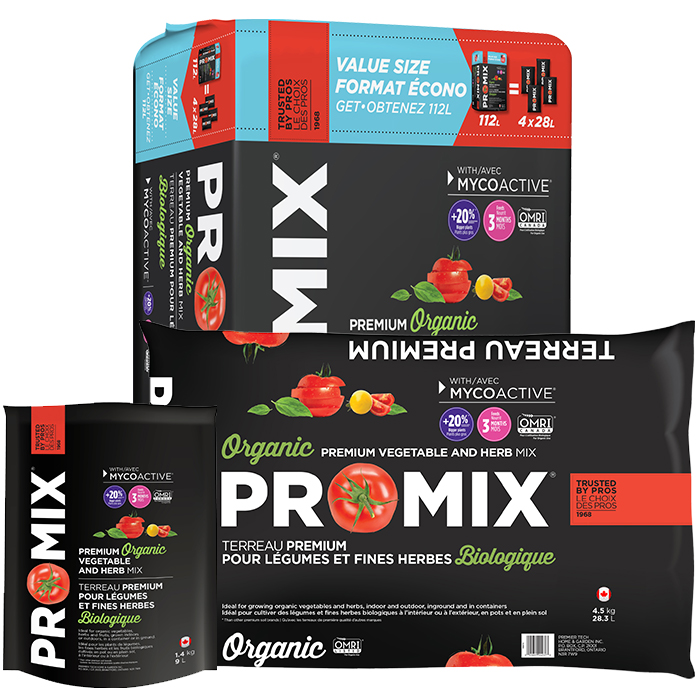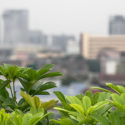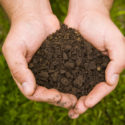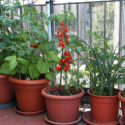The atmosphere of the building where we live and work is loaded with several chemical compounds that are harmful to our health. In some places, there can be up to 60 different harmful gaseous substances. Fortunately, plants can help purify the air of our polluted cities and ill-ventilated buildings.
Volatile organic compounds
Several gaseous chemical substances circulate freely in our homes and offices. Some of them, including the famous volatile organic compounds (VOC), are especially harmful to man. For example, formaldehyde is a VOC that is commonly found in our interior environments. It is mainly given off by medium density fiberboards (MDF), plywood panels and wood particle boards, as well as by the adhesives used to fix counters and carpeting. In addition to causing eye, nose and respiratory tract irritation, this gas causes headaches, dizziness and nausea. Furthermore, formaldehyde is now recognized as being carcinogenic by the International Agency for Research on Cancer (IARC).
Others VOCs, such as acetone, benzene and toluene, are also present inside our homes and offices. Those pollutants can be given off by various construction materials such as adhesives, insulating foams, paints, varnishes and carpeting, sometimes for several months, and even years. They are also given off by some cleaning products and the various products required to operate photocopiers. In addition to severely irritating mucous membranes, those substances induce unpleasant effects such as drowsiness, headaches, dizziness and nausea. All of those products can also cause more serious health problems through sustained exposure.
Scientific studies
In the early 1970s, the NASA asked Dr. B. C. Wolverton to find a way to eliminate the volatile organic compounds present in the air of the Skylab 3 space station. The inner atmosphere of the space station was contaminated with over a hundred volatile organic compounds given off by the materials it was made with. To everyone’s surprise, the studies conducted by Dr. Wolverton showed that most house plants have the ability to depollute air from the chemical substances it contains.
During his tests, Dr. Bill Wolverton placed various plants that are usually grown indoors in a hermetic climatic chamber. Then, he injected polluting substances similar to those found in the Skylab 3 space station – of which several are often found in our homes and office buildings – at comparable concentration levels. After 24 hours, under constant lighting, several plants, such as the golden pothos (Epipremnum aureum), English ivy (Hedera helix) and peace lily (Spathiphyllum wallisii), had accomplished remarkable work by reducing by up to 90% the VOC concentrations contained in the atmosphere of the hermetic chamber!
Towards the end of the 1980s, other experiments on the capacities of depolluting plants were conducted by NASA scientists in a very hermetic building called “Biohome”, made with materials giving off high VOC concentrations. The air inside it was so polluted that it caused respiratory problems as well as eye and respiratory tract irritation in all who would go inside. Potted house plants were installed around the house to verify their capacity to eliminate the pollutants contained in the air. The results were astonishing. After a few days, the VOCs had almost completely disappeared. One student even lived in the house for a few weeks without feeling any kind of effects.
Microorganisms
In his most recent book entitled “Plants, why you can’t live without them”, Dr. Wolverton states that the microorganisms surrounding plant roots also have the capacity to eliminate air pollutants. In fact, according to him, the microorganisms associated with roots (this association is called “rhizosphere”) can eliminate up to 65% of the VOCs, while the plant leaves absorb and metabolize the remaining quantity of air pollutants. Researches recently conducted in Canada, Australia and France confirm Dr. Wolverton’s claims. According to those studies, it seems that the microorganisms contained in soil and water also act as air depolluting agents, sometimes more efficiently than plant leaves.
As a high percentage of the depollution is done in the rhizosphere by the microorganisms that associate with plant roots, Dr. Wolverton does not recommend growing house plants in soil. Instead, he proposes to place them in containers filled with expanded clay pebbles , which allows for a good oxygenation of the roots and microorganisms associated to them. Also, the pebbles that lie at the bottom of the containers soak in water, thus ensuring a constant supply of the precious liquid and nutrients to plants. This growing method, called “hydroponics”, allows to increase the depollution efficiency from 30% to 50%. However, the use of a light, high-porosity soil that is rich in compost, such as PRO-MIX® Organic Vegetable & Herb Mix, allows to host a high number of depolluting microorganisms that associate with plant roots.
Ventilation
The plants and microorganisms associated to their roots have a low depolluting capacity in well-ventilated homes and buildings. This means plants have a maximal efficiency in cities where the atmosphere is highly polluted and in hermetic office buildings where a high proportion of the vitiated air is recycled – sometimes more than 90% – for energy saving purposes.
In most of the homes located in little polluted cities, the use of non-polluting materials for construction or renovation works as well as a good ventilation system (ideally including an air exchange system) usually allow to maintain acceptable air quality levels.
Five very effective depolluting plants

- Areca palm tree (Chrysalidocarpus lutescens)(photo 1: Forest and Kim Starr)
- Rubber fig (Ficus elastica)(photo 2: Tsanghexshing)
- English ivy (Hedera helix)
- Peace lily (Spathiphyllum wallisii)(photo 4: JJ Harrison)
- Golden pothos (Epipremnum aureum)(photo 5: Joydeep)
Suggested Products
